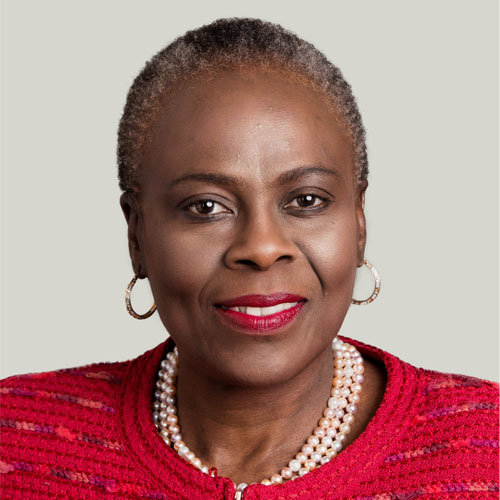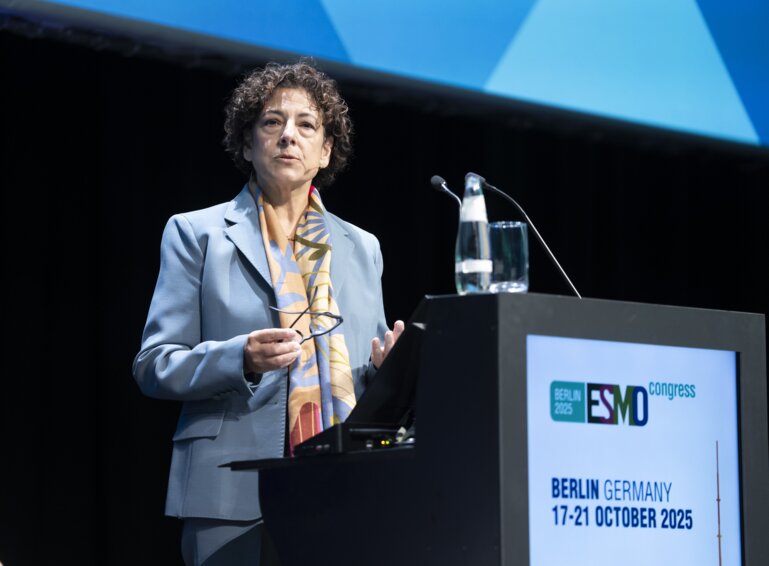Population risk stratification – which helps to get the right treatment to the right patient at the right time – is already happening in some well-resourced countries, like the UK, Canada and Australia. We now need to accelerate the effort across other countries, particularly given the disruption to screening that was imposed by the COVID-19 pandemic. And this is an opportunity to do it at a global level. It will take time to achieve, but the infrastructure is already there. A multisectorial effort, involving healthcare workers along with health and government finance departments, will be key to the success of this. Funding is so important. Just because low- and middle-income countries are unable to fund widespread screening does not mean that they do not want to have access to it. Also, we must scrutinise how we involve individuals in screening. The key is to focus on patients in their communities and to disseminate the huge infrastructure put in place in academic health systems into these areas. Admittedly, there are some cultural barriers that prevent patients becoming involved in screening but what I have learned from 30 years of working in Chicago, and from my work among young women in Nigeria, is this: everyone wants to get well but the infrastructure needs to be there for individuals to access, and to trust, the services.
For the last 50 years we have been thinking of breast cancer as one disease, but we need to discriminate between the aggressive, lethal cancers, particularly in young women, and the slow-growing cancers that can often be controlled with hormonal treatment. If we can identify the individuals who are at the greatest risk for the most aggressive oestrogen receptor-negative breast cancers, we can screen them more frequently than patients at lower risk. We have moved on from the time when screening everyone above a particular age was acceptable. We now need to calibrate what we do based on personal risk. One way to do this is by using polygenic risk scores – a set of genes and lifestyle factors that give an indication of a woman’s risk of breast cancer. If women know their own score, they can use that information to assess the value of screening for them.
In the USA, we are currently conducting the WISDOM study, which aims to recruit 100,000 women 40 years and older, and that will hopefully give us more information on which women should be screened and when. A huge barrier to genetic testing is women’s fear of discrimination – for themselves and for their families. However, because we have embraced the concepts of precision medicine and precision oncology, we need to understand the diversity of genomes and the cancer trajectory before we can move forward, so we need to move in solidarity to build trust.
Since BRCA1 was identified in 1994, we have accelerated the development of specific drugs like PARP inhibitors and immunotherapy, including checkpoint inhibitors, that have dramatically improved the odds of survival for women diagnosed with inherited forms of breast cancer. We want women to see a future where everyone will have equal access to effective prevention measures and equal access to the cures that we are working on right now. Population risk stratification will help us to achieve this.
Olopade O. Population risk stratification for early detection and personalized breast cancer treatment. ESMO Congress 2021
Keynote lecture: Population risk stratification for early detection and personalized breast cancer treatment, 21.09.2021, h. 12:45 – 13:15, Channel 1







